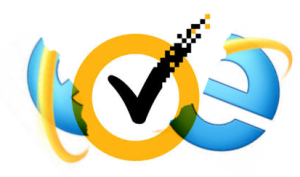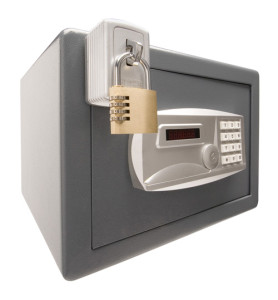On Feb 20th 2015 Norton Anti-Virus live update was rolled out with a bug that has made Internet Explorer unusable for millions of users. Other browsers such as Chrome and FireFox seem to be unaffected and unless you already had one these alternatives installed it would be hard to find out any details on what is going on. How else do you download an alternative browser when your only browser doesn’t work?
The common error dump for this bug is:
Description
Faulting Application Path: C:\Program Files (x86)\Internet Explorer\iexplore.exe
Problem signature
Problem Event Name: BEX
Application Name: IEXPLORE.EXE
Application Version: 11.0.9600.17631
Application Timestamp: 54b31a70
Fault Module Name: IPSEng32.dll
Fault Module Version: 14.2.1.9
Fault Module Timestamp: 54c8223b
Exception Offset: 000c61e2
Exception Code: c0000417
Exception Data: 00000000
OS Version: 6.1.7601.2.1.0.256.48
Locale ID: 4105
Additional Information 1: 4f07
Additional Information 2: 4f072c04aa91eb87d88d7dd565652530
Additional Information 3: a15b
Additional Information 4: a15b24e56acca2f6a7c59c85b7f20aea
The file reported to be causing the error is the DLL file IPSEng32.dll part of Norton’s Identity Safe (NIS) however just turning that protection method off or uninstalling NIS does not fix the problem. The only current solution I have found is to actually fully remove the Norton product entirely.
After nearly 24 hours Norton still has yet to release a patch to fix this problem.
The community forums regarding the bug are going crazy starting with this thread Tonight’s update crashing IE11 started by Sunfox.




Recent Comments
Archives
Categories
Meta
Social Networks
Recent Posts
About Charles Hays